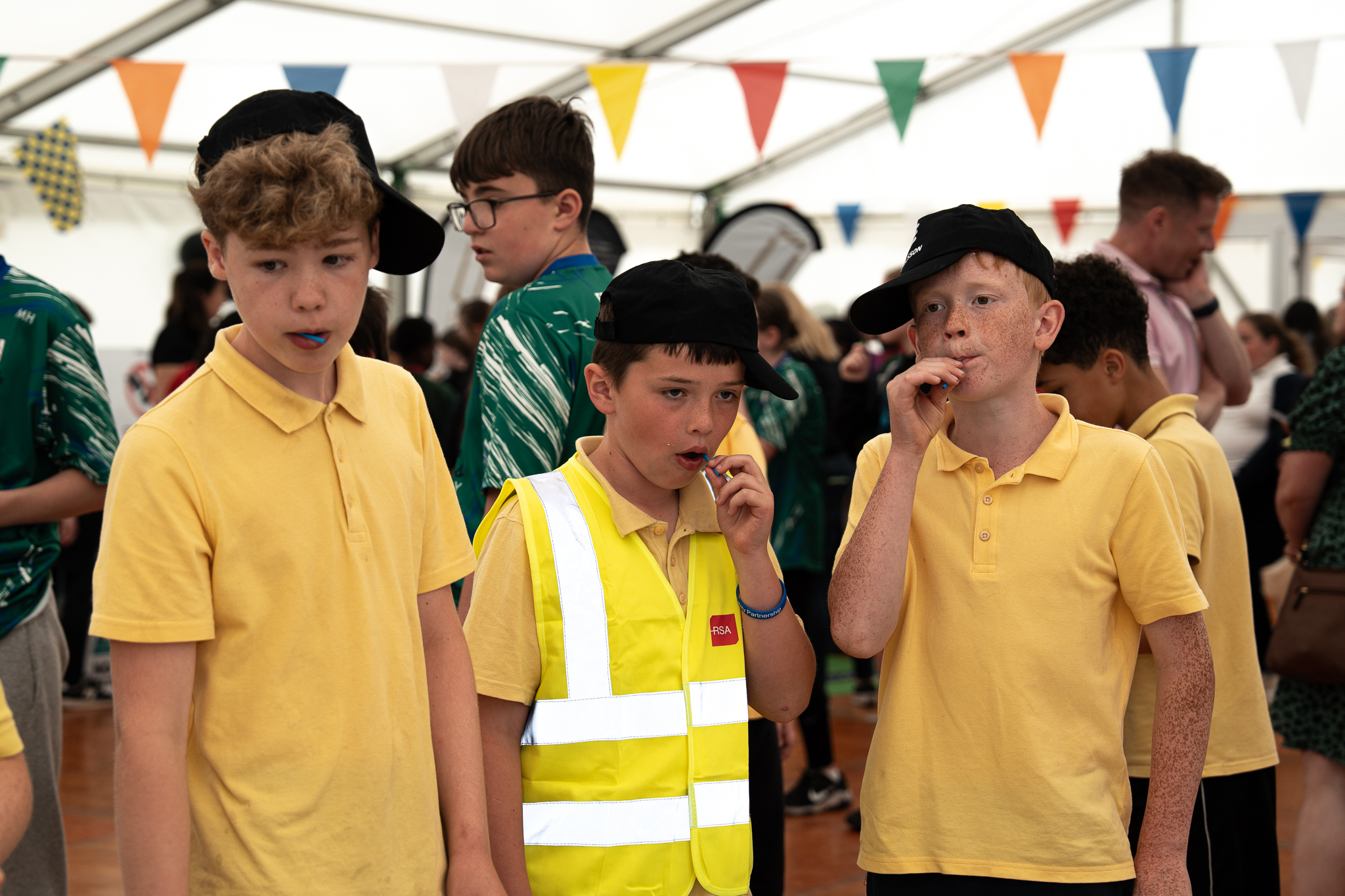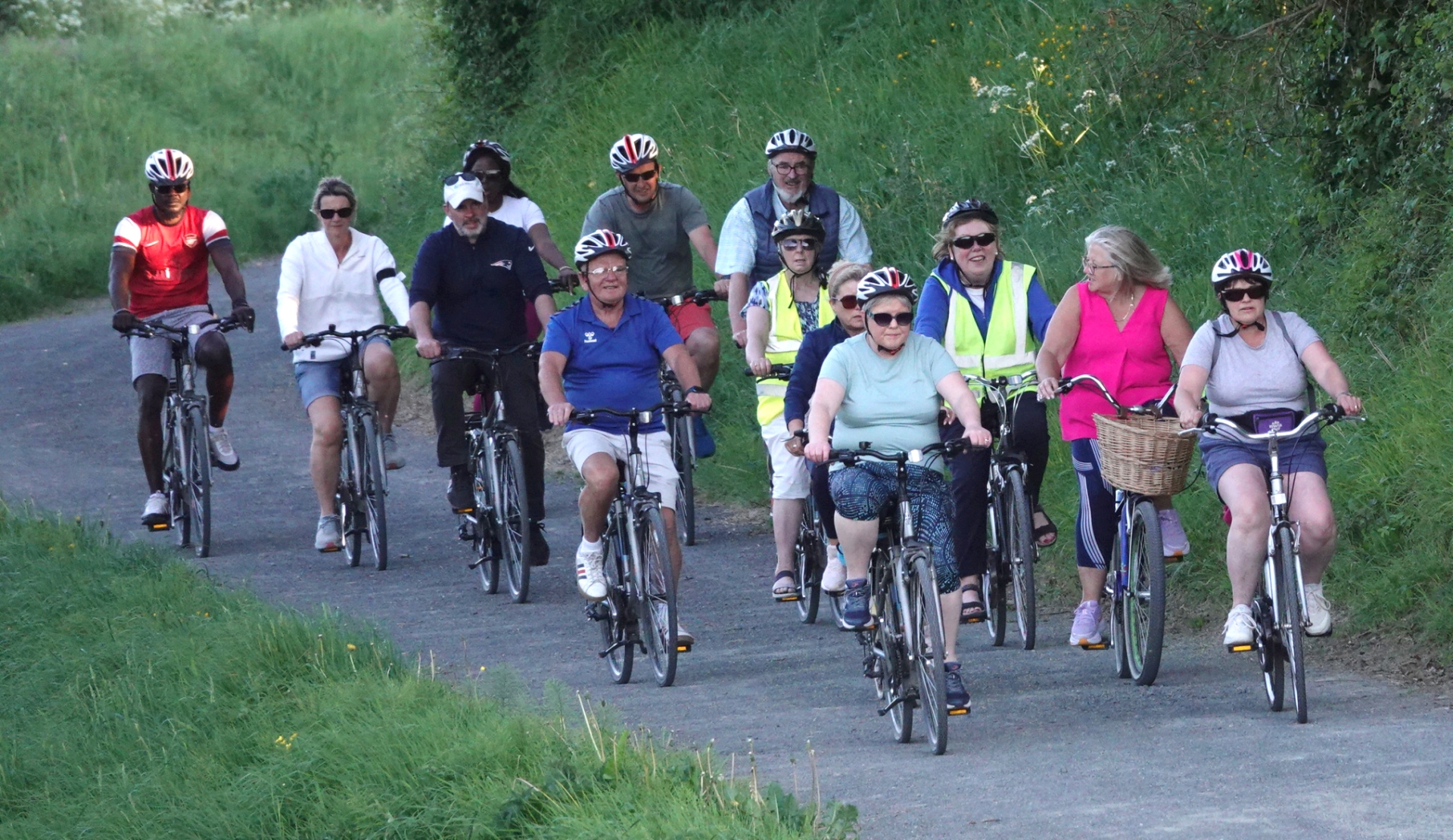In 2016, a memorable (or perhaps regrettable) RTE report painted a stark picture, labeling Longford with having the “worst broadband in the country.” Fast forward to the present, and the narrative has undergone a seismic shift. Longford has blossomed into a pioneering force in Ireland’s technological landscape, a vibrant testament to the power of community-driven initiatives, strategic investment, and a deeply embedded commitment to future-proofing its youth through STEM education.
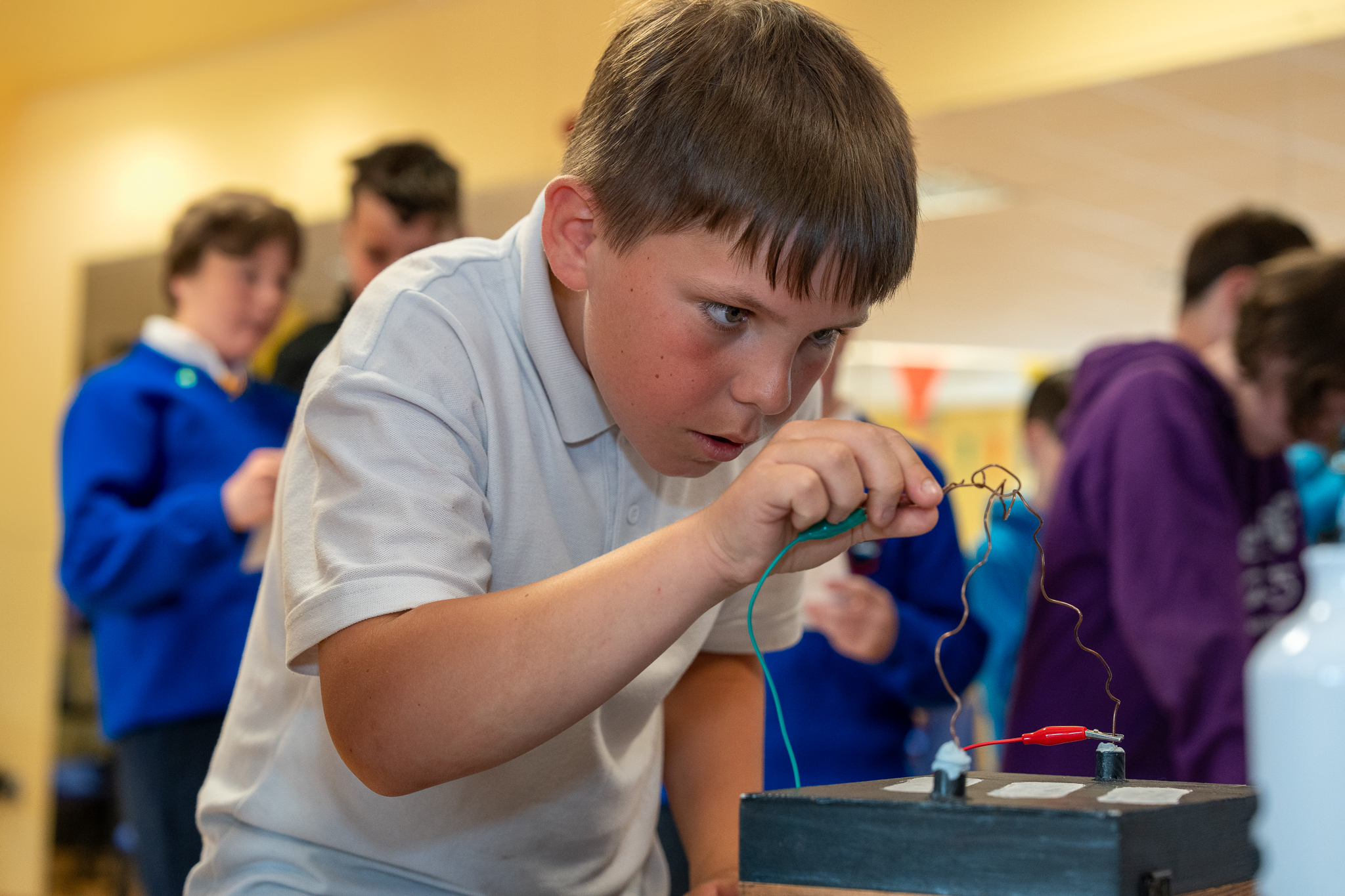
Danny Lynch, (Head of IT, Longford County Council), recalls the 2016 RTE report, but quickly reminds me of the staggering contrast today. “500 kids are here today at Longford’s Microsoft Dream Space Showcase. Fiber broadband is rolled out throughout the county. It’s a completely different place.”
The very presence of multinational tech giants like Ericsson and Microsoft within the county’s borders further solidifies this remarkable turnaround.
Longford, a blueprint for national digital empowerment
“I think Longford has done the heavy lifting,” declares Sabahat Khan, CEO of the Local Government Management Agency (LGMA). “They’ve tested out and tried out what worked, what didn’t work, and I think now we’re at a point where we can templatize things and just lift and shift.” This powerful statement encapsulates Longford’s journey: from a challenging proving ground for digital innovation to a readily replicable blueprint for national digital empowerment.
According to Danny Lynch, the statistics underscore the widespread adoption: 27 out of Longford’s 37 primary schools and 5 out of its 9 secondary schools are now actively engaged in these transformative programs. “It changes the opportunities and everything that can happen in County Longford,” Lynch asserts.
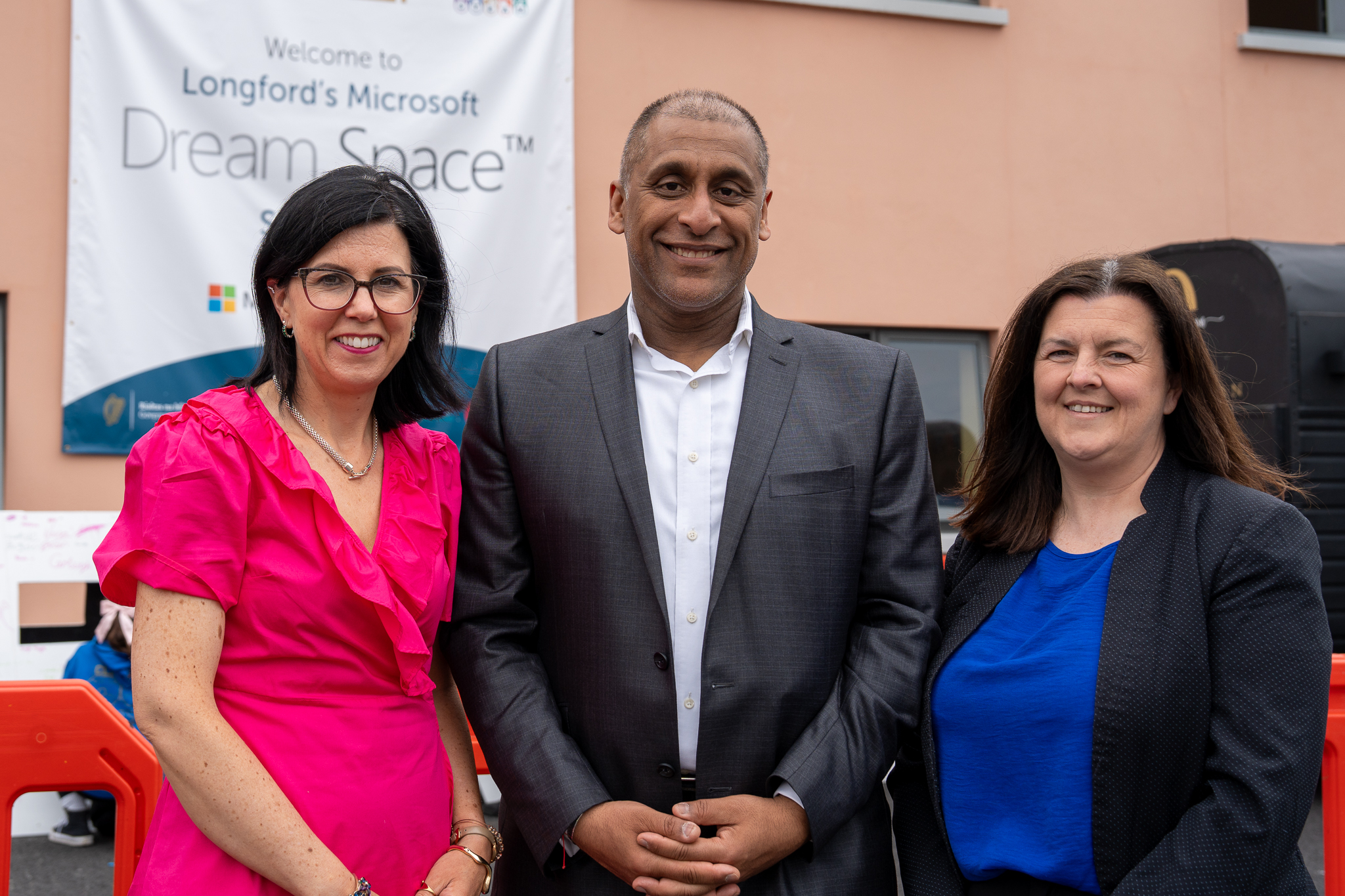
Cultivating Code: The success of Ballymahon Vocational School
The most palpable evidence of this transformation is found within the very heart of Longford’s educational institutions. At Ballymahon Vocational School, Principal Mick O’Rourke exudes pride when discussing their inaugural Senior Cycle Computer Science exam this year. A remarkable statistic immediately jumps out: “The gender balance is 60/40 girls – because I think it really speaks to them.” This defies traditional gender stereotypes in STEM, a clear indicator that the program resonates deeply. “They see more opportunities locally with the likes of Ericsson. They’ve been inside these companies and they’ve seen how they work and they know there’s a future in them in it.”
This success is not a happy accident but the result of a meticulously structured educational pipeline. “It really trickles down through the school,” O’Rourke elaborates. “We’d have transition years, where we would have a coding module in there, then we would have like digital skills in the junior year, so that they build up that capacity. And little by little, we build them up towards that kind of computer science and senior cycle program, its lovely when you see everything start to fall into place and come together.” The commitment extends beyond the students to the educators themselves. “A big gamble is the buy-in from staff. They have to take on a huge bank of training there, at weekends and midweek, to get themselves up to speed to upskill.” This investment is demonstrably paying dividends, with a projected 10 out of their initial 14 computer science students poised to enter the industry or pursue further IT-related studies.
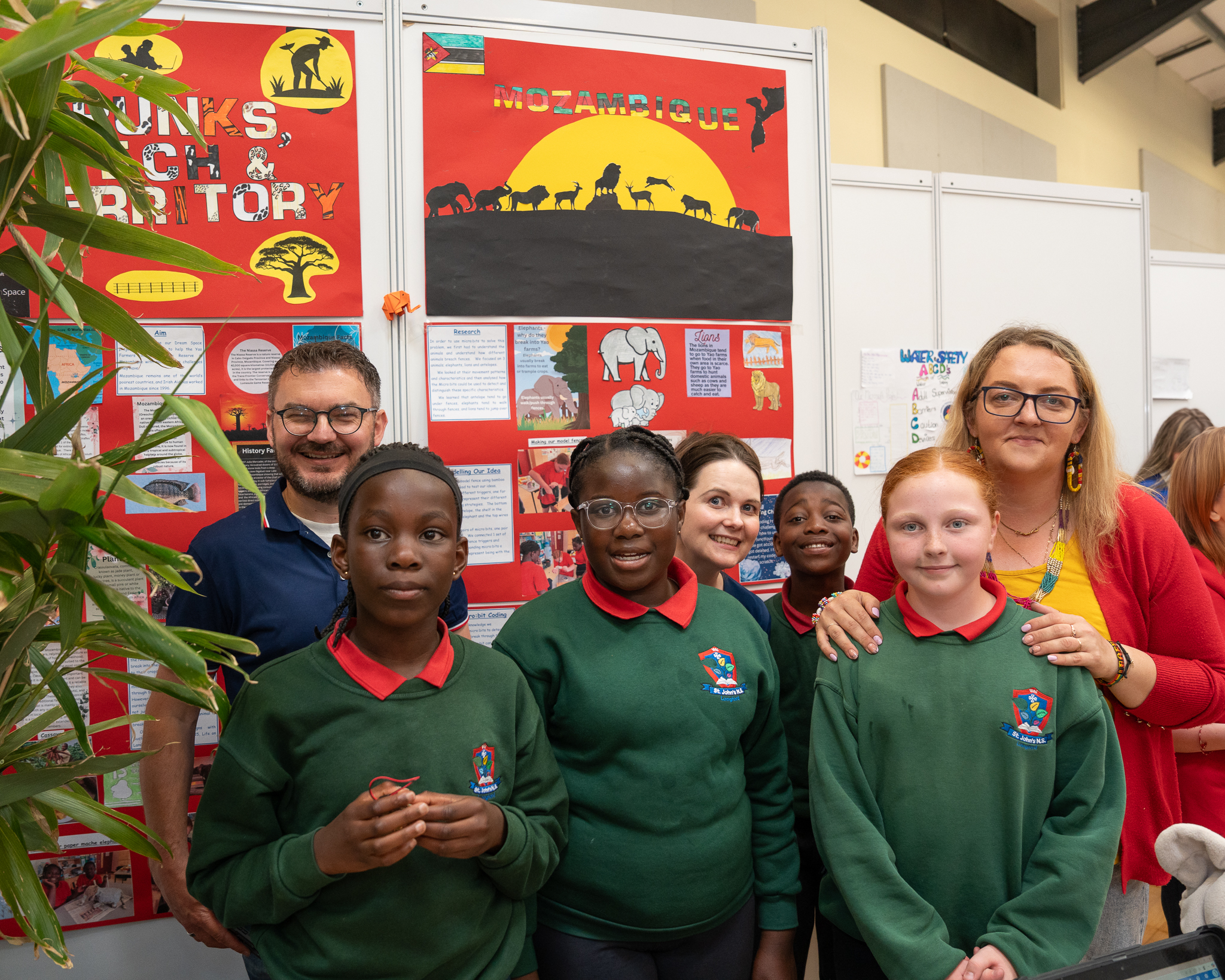
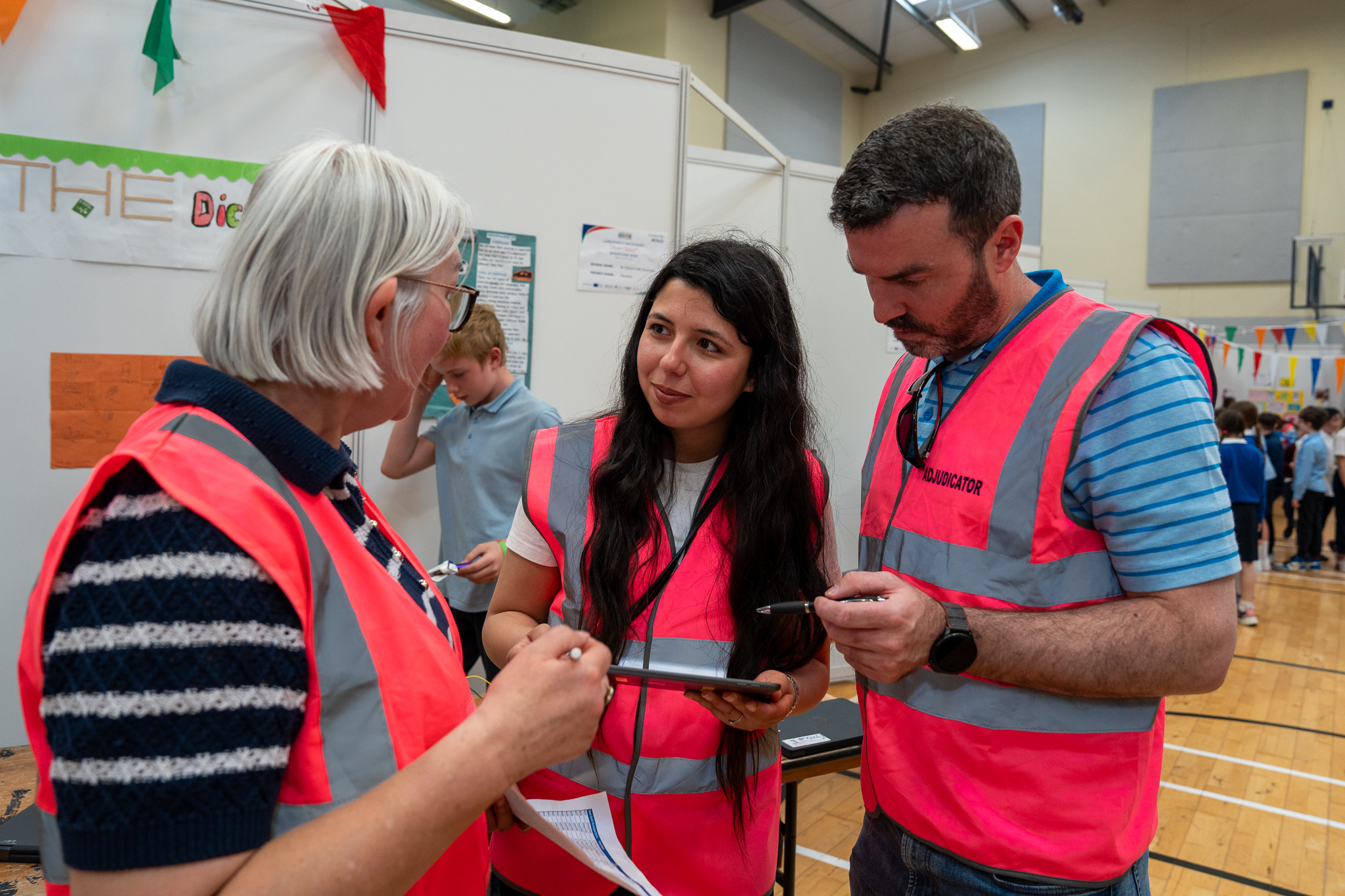
Fostering 21st-Century Competencies
The profound impact of Longford’s digital initiative extends well beyond the technical mastery of coding. Susan Farrelly, a dedicated teacher from Scoil Samhthann Longford, observes a holistic development in her students. “By doing it last year, and this year, the kids are full of confidence, and they love being part of a group.” She highlights the freedom afforded by self-selected groups, allowing each child, whether highly creative or academically inclined, to “find their niche within working on things like the posters or the prototype.” This approach ensures that “each person had a role that they felt most confident in. I can see them developing those 21st Century skills that are key for them when they are growing up.”
This early exposure empowers students to visualize their future within the STEM landscape. “They can see jobs for themselves within STEM,” Farrelly explains. The collaborative nature of the projects also hones essential problem-solving abilities. The palpable excitement of the children is infectious, according to Farrelly: “They work off each other, and they bounce ideas off each other. And crucially they work out their problems together.”
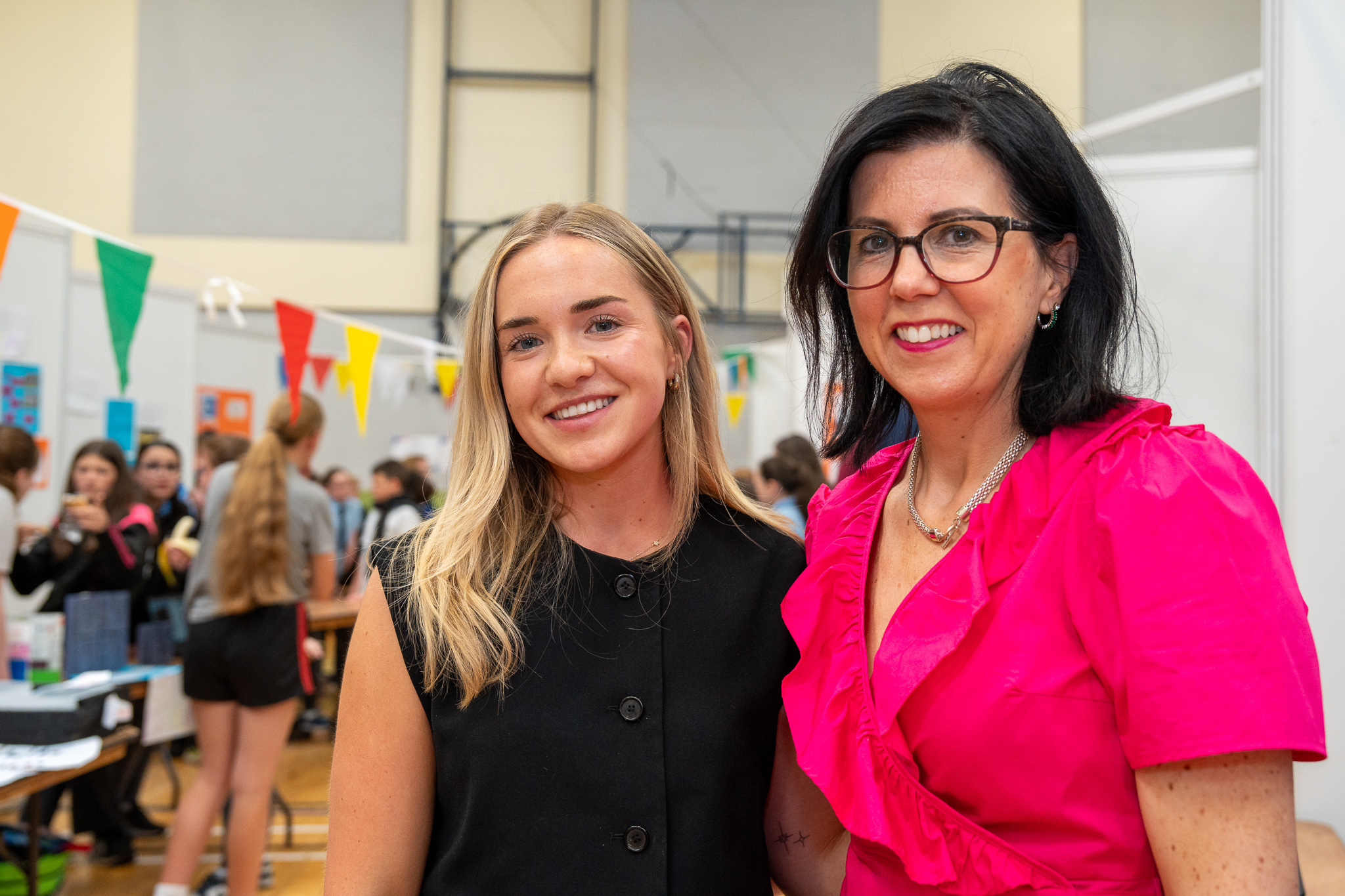
Christine Collins, Longford’s dedicated Broadband Officer and an award-winning pivotal figure in Longford’s transformation, echoes this sentiment, observing the seamless integration of coding into other subjects. “According to the teachers, they’re actually using it as a trading exercise. We’ll do our maths, and a bit of coding and then we will do micro bit in the afternoon? It’s a win win for everybody.” Christine was recognised for her work by Digital Business Ireland, the country’s largest representative body for digital and online businesses when she was honoured with a prestigious Women in Digital Award 2025.
For Collins, the program embodies the principle of equitable access. “Bringing this to our rural communities, our urban areas, equal access, I really couldn’t be prouder. It’s such a team effort, and there’s so many elements to it.” Echoing that sentiment, Farrelly says. “the minute I heard it was coming to Longford, I was all for it.”
A National Blueprint: Longford’s Legacy of Innovation
Longford’s burgeoning success is now drawing considerable national attention. Claire Cummings from the Department of Public Expenditure, whose department provided seed funding for the inaugural showcase in 2023, views Longford as a pioneering model for broader governmental objectives. “When you look at this sort of project, and you look at what government is trying to achieve better public service and workforce planning for the future. This is exactly where it starts at primary school, making children enthusiastic about computer science, making it fun.”
Sabahat Khan (CEO, LGMA), takes this a step further, intertwining Longford’s endeavors with Ireland’s national identity. “In today’s geopolitical climate, I think events like this help shape Ireland’s identity. What is our identity? It’s not about industries. It’s not about sectors. It’s about what does Ireland wants to be in the future. Do we want to continue to rely on multinationals, or are we going to incubate this talent and make it available to other countries?”

Longford’s digitally empowered children
Cummings also emphasizes the cultivation of crucial “soft skills” through these project-based learning experiences. “If you go in and look at the projects, there’s a multitude of skill sets being developed there. They’re designing, planning and they’re iterating. They’re discovering if something doesn’t work, they don’t just give up. They go back.” The children’s ability to present their work with unwavering confidence is particularly impressive. “They’re able to present and speak to you, and they’re not intimidated. No matter what government department or who you are, you’re just another adult. And they have that presentation so finely honed.” Khan concurs, stressing that the future workforce demands more than just technical acumen: “critical thinking, presentation, public speaking, and problem solving. Those are the key skills that are being looked at nowadays and required.”
The sustainability of these initiatives is paramount. Cummings commends Longford for ensuring projects continue to flourish beyond initial funding. “It’s great to see them continue on after the funding. That it’s not just funding for one year and then it goes away. The projects continue to grow.”
Sabahat envisions Longford’s success as a powerful exemplar to “perpetuate that across other local authorities,” fostering collaboration and directing appropriate funding and support. This aligns perfectly with the government’s ambitious target of having 90% of all public services consumable online by 2030. “It’s great to be able to show that the Midlands are doing this,” Cummings states, seeing the 500 digitally empowered children as the “workforce of the future across all public service.”
A Regional Ripple
The consistent growth of the program is also a direct result of dedicated on-the-ground support. Siobhan Grealy, STEM Engagement Officer with Longford County Council since November, leveraging her IT background, has seen an additional 10 schools join this year. “Teachers didn’t feel they had the support they needed. Now having somebody even at the end of a phone means reach out and give me a call and that I can pop in when I’m passing.” Grealy observes that children, unlike older generations, possess an innate fearlessness around technology. “They’ll press buttons, they’ll put wires in anywhere and without realising or worrying about what the outcome will be.”
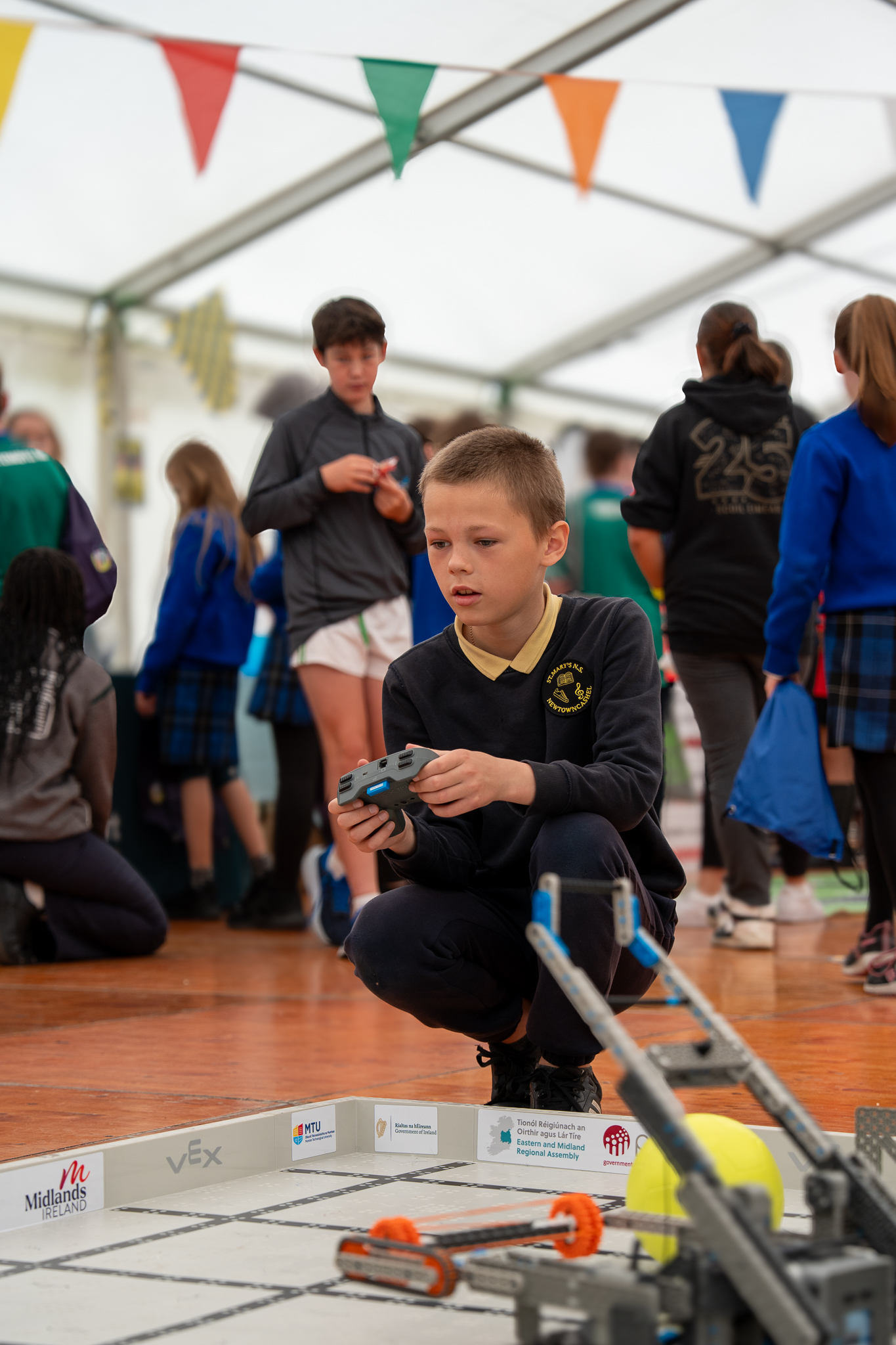
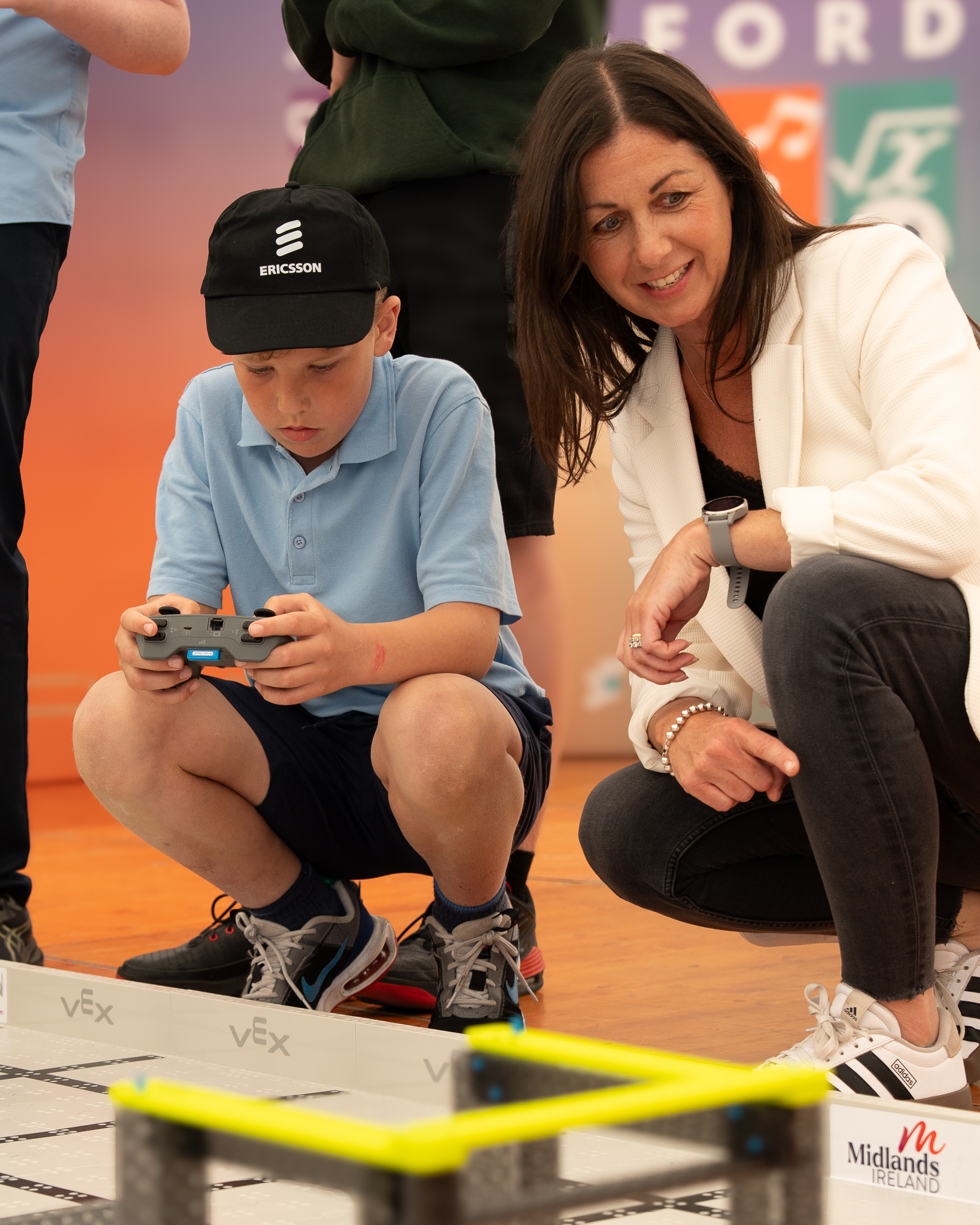
The true genius of the program lies in its capacity to foster independent thought and genuine creativity. “We always encourage the kids we tell them the capabilities we showed them, the capabilities of a micro bit or of coding, but then they come up with the idea,” Grealy explains. “And we always encourage them to come up with something that’s personal to them, in their locality, or in their schools.” Her passion for her role is palpable: “I love my job. I It’s a dream, to be honest with you, because, to see the kids from the first day I go in and produce a micro bit, and the kids eyes light up, and to see it go from there, to follow the idea through and see them today, and to see them present and showcase those ideas.“
Grealy points out that the surging demand for computer science in secondary schools is now so significant that “kids now are choosing their secondary schools based on which one providing computer science.” Critically, the program champions inclusivity, extending its reach to even the smallest rural schools. “Now we have a school here. I think there are 12 kids in the entire school, that is in Forney National School…This ensures that digital opportunities are not confined to larger, urban centres,” according to Greeley.
The Journey So Far: A Statistical Overview
Longford’s digital ascendancy is built upon a robust framework of strategic partnerships and crucial funding, evolving significantly since its inception:
- Expansion (2019-2021): An additional 50 primary and post-primary schools joined the initiative.
- National Just Transition Fund (2021): This crucial injection of funds facilitated the appointment of STEM Engagement Officers and the acquisition of essential equipment.
- From 2024, EU Just Transition Fund & co-funded by the Government of Ireland: Further significant investment, leading to a STEM Engagement Officer in each of the four Midland Local Authorities and a substantial €440,000 for equipment.
- Regional Collaboration: A powerful consortium of partners includes industry leaders (e.g. Ericsson, Microsoft), educational institutions (MTU, TUS, ATU, Maynooth, Education & Training Boards, Education Centres, Schools), and government bodies
Participating Schools in the Midlands
| COUNTY | PRIMARY SCHOOLS | SECONDARY SCHOOLS |
| Laois | 63 | 11 |
| Longford | 37 | 9 |
| Westmeath | 73 | 13 |
| Offaly | 67 | 12 |
| TOTAL | 240 | 45 |
Diverse STEM Programme Offerings:
- Robotics: VEX Robotics (123, Go, IQ, and V5), catering to students from Junior Infants all the way to 6th year at Leaving Certificate level.
- Coding: Scratch Coding Workshops, Microbit Coding Workshops, Python Programming.
- Web Design: HTML & CSS Introductions to Website Design.
- Science Outreach: Junior Certificate 3rd Year Science Outreach, Pop Rockets Workshops, Astronomy, Physics & General Science Outreach & Learning.
Inclusion Initiatives: STEM Passport for Inclusion.
- STEM Passport for Inclusion: This innovative initiative, developed by Maynooth University in collaboration with Microsoft, Science Foundation Ireland, and the Department of Education, is a Transition Year (TY) program spearheaded by Longford through its Hub BCP Network. It is now being rolled out across the region. Students who complete the STEM program receive:
- A Level 6 Qualification.
- 50 Bonus Points for STEM courses at Maynooth University, TUS, and MTU.
- The program specifically targets DEIS (Delivering Equality of Opportunity in Schools) schools and girls in STEM, but now inclusively embraces boys as well.
Longford’s STEM success story
Longford’s journey from a digitally disadvantaged county to a flourishing tech template is nothing short of a national success story. It is a powerful testament to the transformative potential of community collaboration, strategic foresight, and an unwavering commitment to empowering the next generation with the essential skills and unwavering confidence to navigate and shape an increasingly digital world. As Sabat Khan eloquently concludes,
“Longford is not merely cultivating technical talent; it is actively shaping Ireland’s identity and securing its position on the global stage.”
For more information and videos on Vex Robotics in action, in schools visit here

